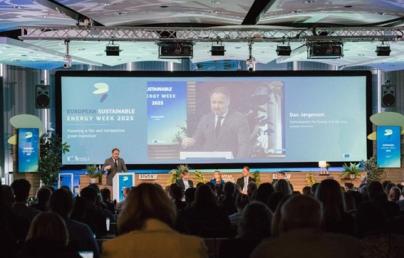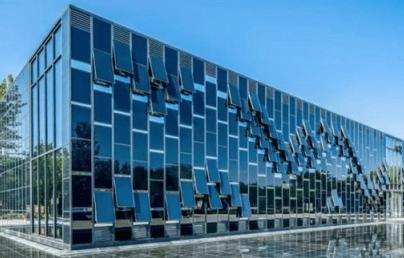
Future role and potential of near-surface geothermal energy in Germany determined!
Future role and potential of near-surface geothermal energy in Germany determined!
In addition to the question of what role geothermal heat pumps can and should play in the energy system of the future, the potential and what contribution they are capable of making were determined. This potential is independent of whether it is used in individual solutions (a house / a geothermal probe / a heat pump) or as a source for 5th generation heating and cooling networks.
The Fraunhofer IEG, Fraunhofer Institute for Energy Infrastructures and Geothermal Energy IEG, with the support of the German Geothermal Energy Association (BVG), the German Heat Pump Association (BWP) and the Geothermal Energy Community, published the Roadmap Near-Surface Geothermal Energy in June 2022.
Potential for ground-source heat pumps in Germany
Regardless of the technical and ecological advantages of ground-source heat pumps, it is important to know what contribution this technology can actually make to the heat transition. How many conventional heating systems can be replaced by ground-source heat pumps? What amount of energy can be transformed?
This question must be answered in the context of the building stock in Germany. Geothermal heat pumps are a local energy source that cannot be transported over long distances. The potential of the subsurface can therefore only be evaluated where it can be used directly for heating and hot water production purposes. A blanket evaluation of the underground is therefore not expedient.
Basically, it must be stated that the subsoil has no specific performance or yield, but always reacts to the requirements of the heat sink, usually the heat pump or the building. Thus, when determining the potential of geothermal heat pumps, the triad of the properties of the subsoil, the operating mode of the heat pump and the load requirement of the heat sink or the 5GDHC grid must always be considered. For this reason, the potential of ground-source heat pumps for the provision of heating and domestic hot water in Germany has not yet been comprehensively determined.
Although the individual federal states provide important planning data and bases in their online portals, they do not intersect this data with local building requirements. Therefore, the actual potential of geothermal heat pumps for the respective location (building, plot, neighbourhood, etc.) is not known.
In addition to the local geothermal potential of the subsurface, the actual potential also describes the available open space of the property, the demand characteristics of the building(s) to be supplied, the location of the system (climate), the type of heat source development and the local regulatory boundary conditions.
This detailed analysis, considering the above-mentioned parameters, has so far only been carried out for North Rhine-Westphalia (NRW). The LANUV technical report 40/4 "NRW Renewable Energy Potential Study Part 4 - Geothermal Energy" presents the state-wide and parcel-specific analysis for near-surface geothermal use options. This potential study therefore serves as a reference scenario for the determination of the potential for Germany as a whole.

